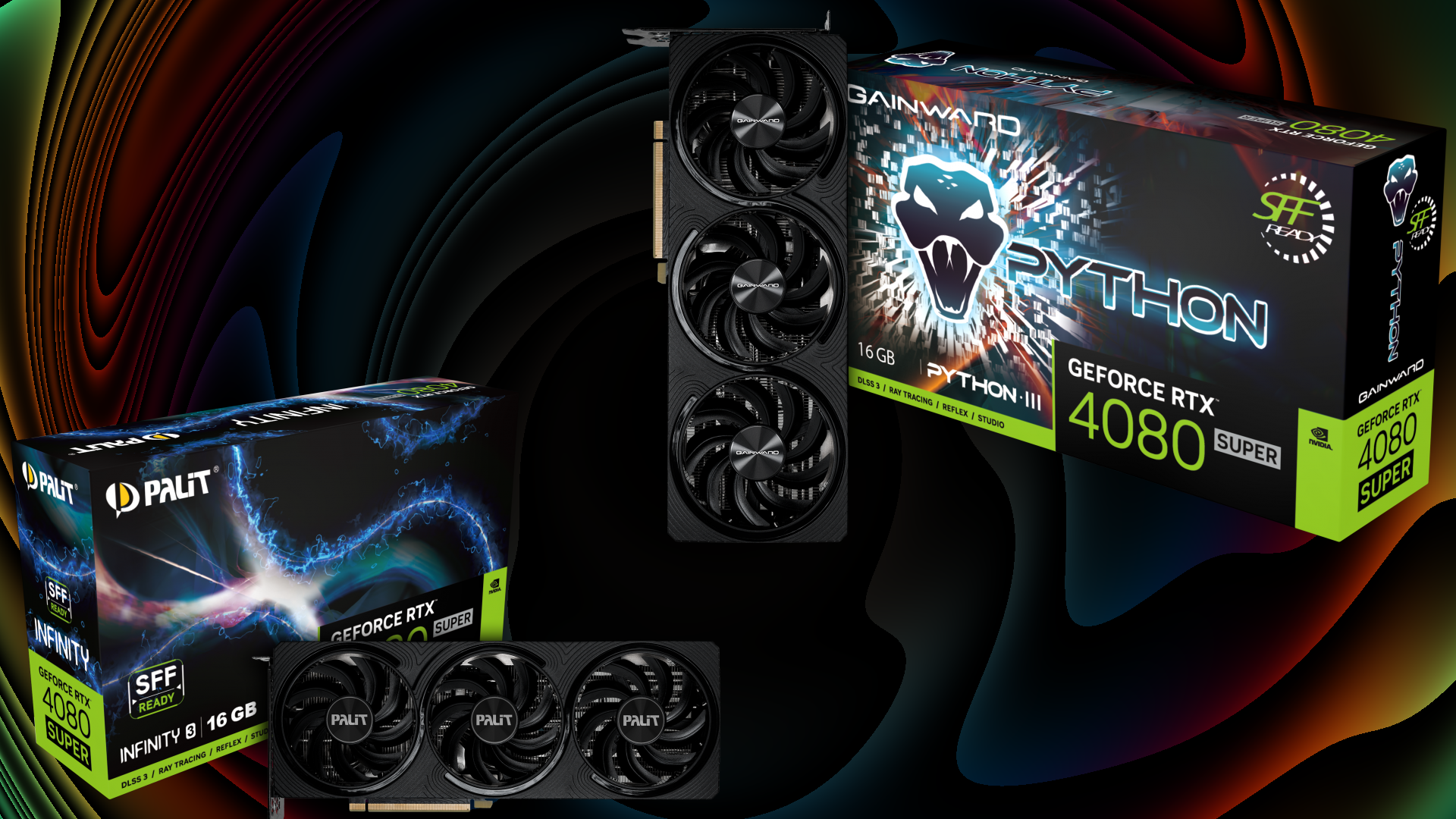
Gainward and Palit have released their respective Small Form Factor Ready RTX 40 series, adhering to Nvidia's definition of an SFF-friendly form factor for GPUs and PC cases. Palit classifies its SFF variation within the 'Infinity 3' series and Gainward introduces it under 'Python-III' branding.
The cards on offer are analogous, which shouldn't be surprising as the respective brands belong to the same parent company- Palit Group. While having multiple brands for the same AIC partner isn't exclusive only to this group, it's rare to see both brands use the same design and specifications, including clock speed.
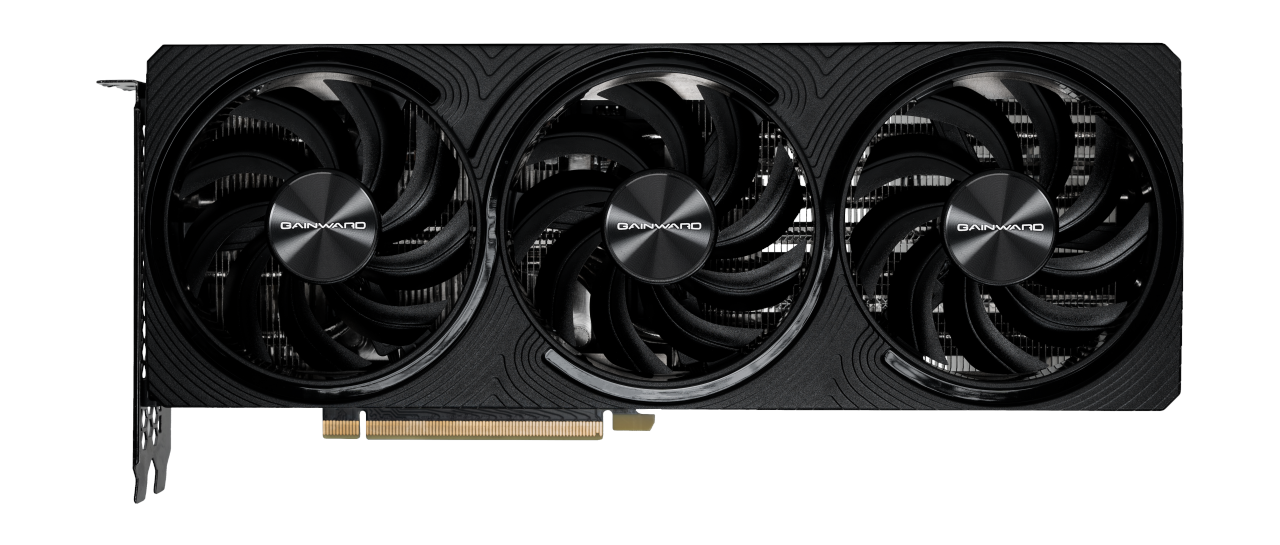
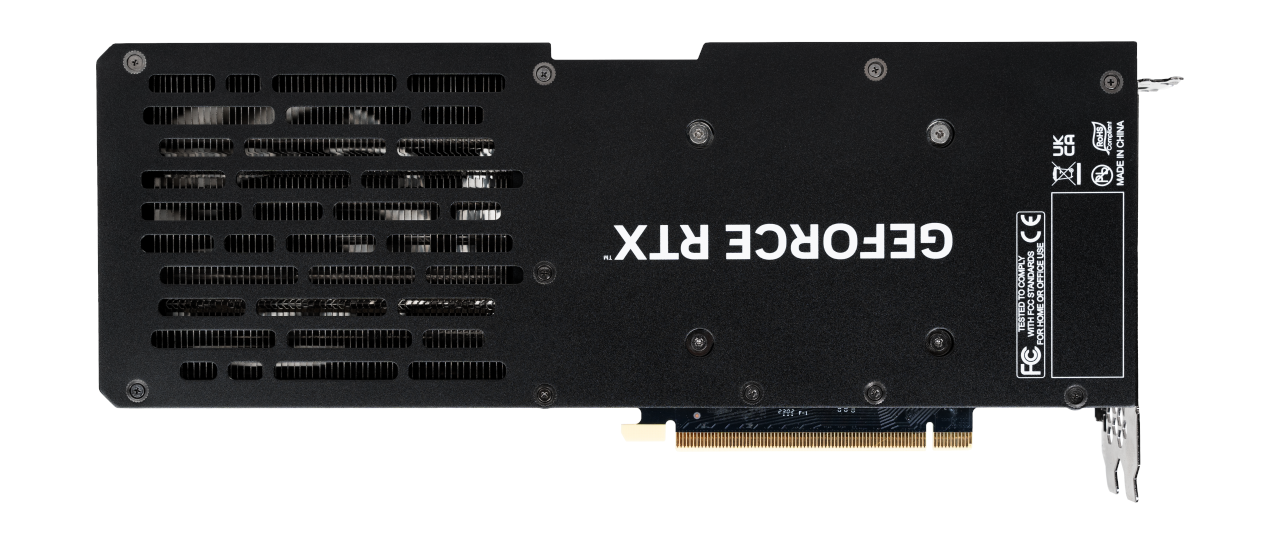
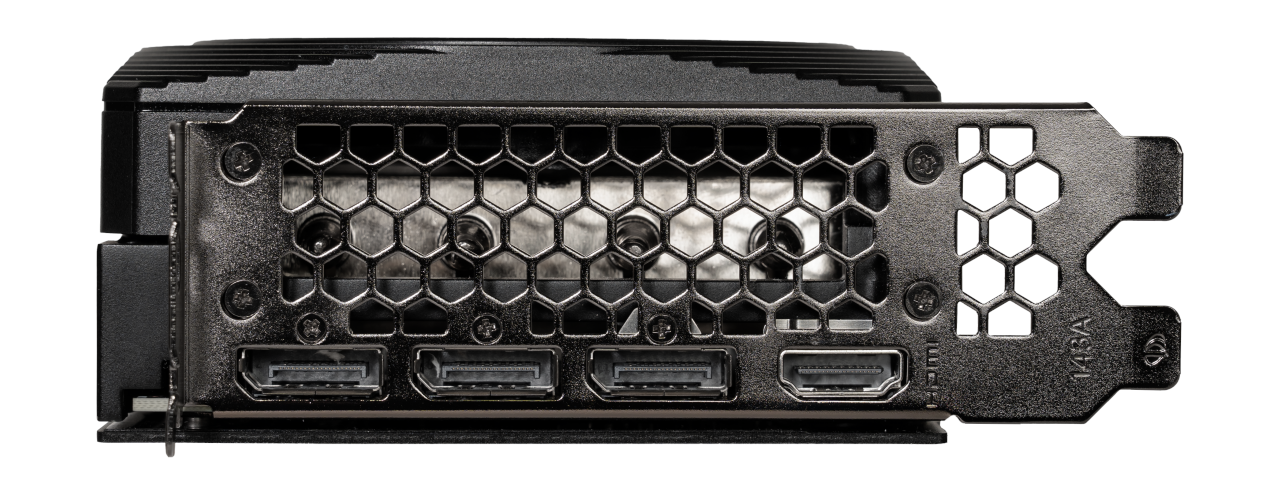
With a uniform design consisting of three cooling fans and no RGB. Ideal for those who prefer a more subdued aesthetic. There is a total of twelve SKUs involving GeForce RTX 4080, RTX 4070 Ti Super and RTX 4070 Super as a non-overclocked or overclocked variation. The overclocked RTX 4080 Super 16GB is clocked up to 2580 MHz, with RTX 4070 Ti and RTX 4070 Super up to 2640 MHz. The only difference is the packaging. Neither of the companies mentioned the warranty period of these variations either on the site or in its online manual.
Palit claims on its website that the Super Infinity 3 series is 40% smaller than its standard-size RTX 40 series cards- which also applies to its Gainward SSF-friendly counterpart. The variations from both brands measure 294 x 116 x 49.5 mm- which is within Nvidia's 304 X 151 X 50mm spec. That said, this only means it qualified to be compatible with those small form factor cases that are designed to accommodate Nvidia's standard which must have a minimum clearance of 312 x 154.5 x 50mm.
While having a smaller profile than a conventional variant is appreciated, users question the obfuscation of what 'SFF friendly' should be and if Nvidia explored this category before setting the dimension standard and passing it on to respective AIC partners and PC case makers. While having a set standard makes sense for a certain form factor, having a smaller profile doesn't necessarily mean it's compatible with a mini-ITX case. Some would also agree that contrary to what Nvidia has set, it doesn't truly help SFF builders and enthusiasts. That said, the SFF category itself is broad as it involves users with different needs- HTPC, general purpose, gaming- or all of the above.
Whether Nvidia would revisit this decision for the upcoming RTX 5000 series remains to be seen. Some AIC partners might venture to have a proper mini-ITX-friendly graphics card, such as how Zephyr did with its RTX 4070 ITX Sakura Blizzard GPU. But would need respective makers to experiment and implement. Naturally, it depends on whether respective manufacturers could- and for which model.
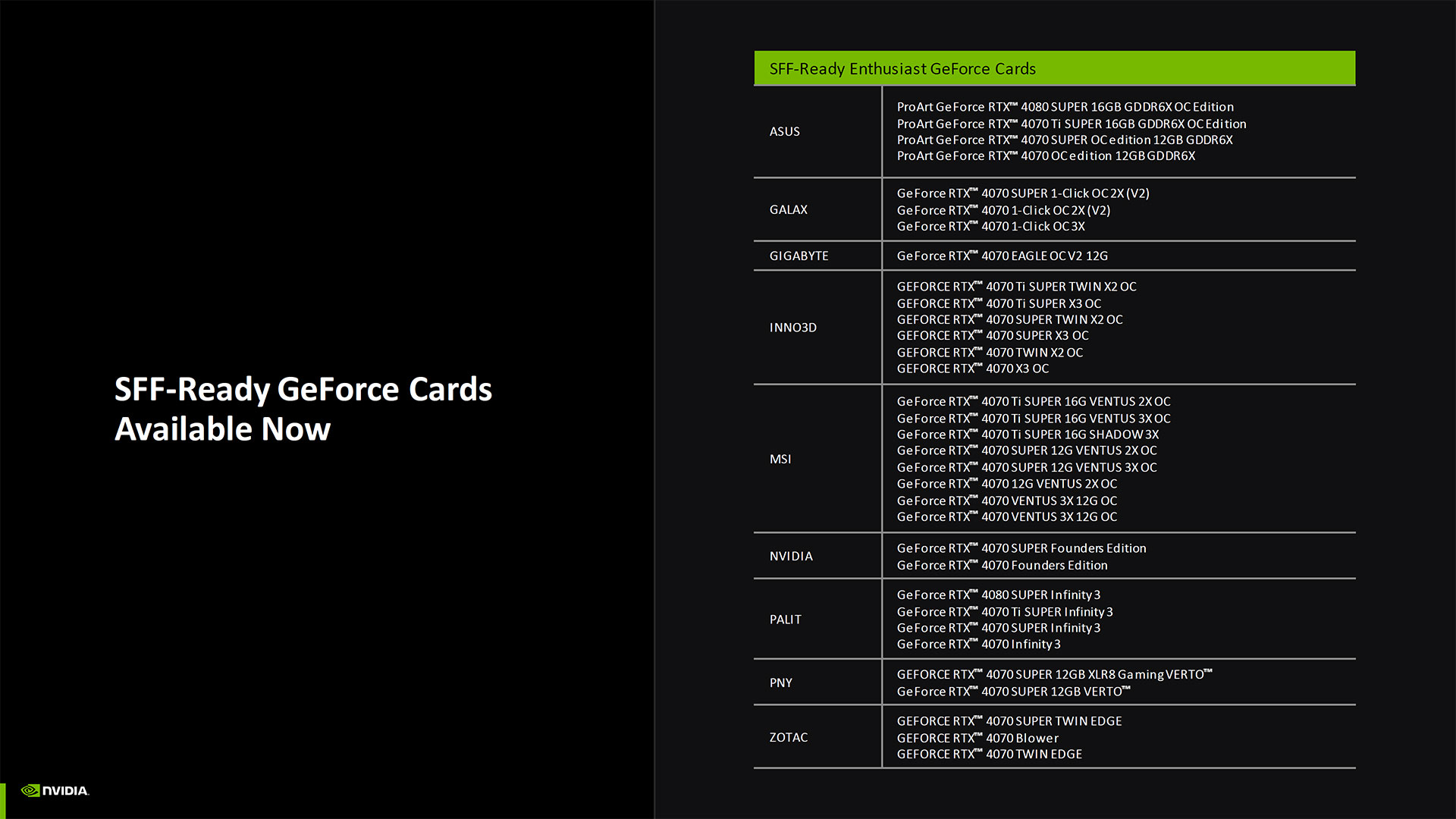
A few months ago, Asus introduced its variants of Nvidia's SSF-friendly graphics card, the Asus Prime which cover the 4000 range from the 4060 Ti to the 4080 Super. We may see more companies bringing its Nvidia SFF-ready graphics cards, or simply confirm if its existing SKUs are within Nvidia's preferred SFF-friendly dimensions like how MSI did.







